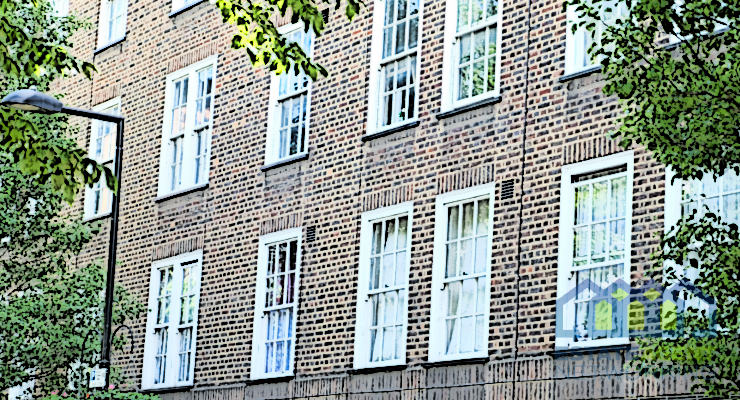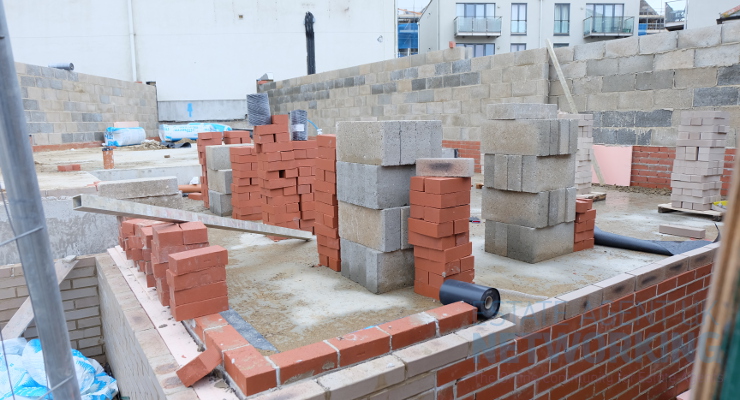Breaking Property News 09/07/25
Daily bite-sized proptech and property news in partnership with Proptech-X.
When tenants out-evidence you: Why Landlords and Agents must raise their standards
Thought leadership by Sian Hemming Metcalfe Operations Director – Inventory Base | Property Inspect UK
‘TDS‘s most recent survey of over 2,000 tenants shows exactly what landlords and agents are now up against: 56% of tenants take their own photos at check-in. 54% take photos again at check-out. 78% expect landlords to provide clear evidence of any damage or issues before making deductions. And many don’t trust standard inventories at all — seeing them as biased, vague, or simply inadequate compared to their own evidence. What tenants are really saying is this: prove it, or pay.
The Balance of Power Has Shifted – It used to be enough to tick the boxes on a basic inventory. Add a few photos, or (as in some landlords view) add thousands because more is more, right? Then skip the check-out entirely because “the tenant just wants their deposit back, and they’re unlikely to complain over a few hundred quid of ‘minor’ deductions.” Or, worse, carry out the check-out but never share it — and expect the same weary resignation from the tenant who, you assume, won’t bother to challenge you.
Not anymore. Tenants arrive (and leave) armed with their own timeline of evidence, and are getting better and smarter at telling the story better than you. Right now, only 14% of tenants have formally challenged a deduction, but that number is climbing as awareness spreads.
We’re already seeing disputes where: Tenant photos contradict the landlord’s / agents check-out report — and win. And damp and mould claims are backed by weeks of tenant evidence, it’s not that tenants always get it right — it’s that you keep getting it wrong.
Why Some Inventories Fail – The industry default — basic, spreadsheet style tick-box templates with stock comments and often nondescript photos — no longer holds up. Why? They’re designed to appease landlords who want speed and low cost. Reports use subjective language like “fair wear and tear” without proving anything. Compliance issues — mould, EPCs, maintenance — are rarely documented.
The TDS Voice of the Tenant | Wave 5 data couldn’t be clearer: tenants know landlords carry the burden of proof. If your evidence doesn’t meet that standard, it’s just digital noise wrapped up in a colourful yet benign bow. It’s not protection. It’s failure dressed up as compliance.
Tomorrow’s Disputes Will Be Harder – And it’s getting worse. This month, California (US) raised the bar again with Assembly Bill 2801 (July 1, 2025). Landlords in California now have to provide very specific information and evidence if they deduct from a deposit. So an itemised written statement detailing each deduction and the reason.
Receipts or invoices if deductions exceed $125 – proving work was actually done. Photos taken which must also be provided to the tenant. If the landlord or staff did the work themselves, they must list hours worked and a reasonable hourly rate. All of this must be delivered to the tenant within 21 days of move-out.
Why? Transparency & Accountability – To stop landlords from pocketing deposits without actually fixing anything. If you think similar expectations won’t eventually reach here, we need to talk. Tenants (and governments) are already watching how this plays out and to be honest – isn’t that just playing fair?
UK’s Pet Insurance U-Turn Adds Risk – Closer to home, the government tabled an 11th-hour amendment to the Renters’ Rights Bill, scrapping its plan to let landlords require tenants to buy pet insurance, leaving landlords and agents exposed because; You can’t take a higher deposit for pets (thanks to the 5-week cap). You now can’t insist on insurance, and you’re still expected to cover additional cleaning, odour removal, and damage — all within the standard deposit.
That means landlords will inevitably claim more against deposits for pet-related issues — and tenants will challenge those claims harder. With no extra deposit or insurance buffer, the evidence you provide will make or break your case.
This late-stage reversal fundamentally changes the risk calculus. By removing the ability to require tenants to insure against pet damage — while keeping the expectation that landlords must accept pets by default — the government has effectively transferred all the financial risk to the landlord.
Propertymark’s push for a separate, capped pet deposit is a more balanced solution to a problem we all thought was mitigated. But unless and until it’s adopted, landlords are stuck either refuse pets and risk being challenged and looking unreasonable, or accept them and gamble with a capped deposit that rarely covers the true cost of damage.
As the Renters’ Rights Bill moves through its Report Stage in the Lords, we should, as a sector, be watching the outcome of this proposed amendment very closely. Without a clear, practical safeguard — whether insurance or an additional deposit — the likely outcome is fewer landlords willing to take pet-owning tenants, and more disputes over what counts as “reasonable” wear and tear versus avoidable pet damage.
For me, this is a textbook case of good intentions creating unintended consequences — and it underscores why landlords need to improve their evidence practices now to protect themselves in this shifting legal landscape.
Pet damage is notoriously hard to prove. Odours and allergens are subjective. Scratches and stains are often dismissed as wear & tear. If your evidence isn’t clear, specific, and timestamped, you’re likely to lose.
What To Do Now
- Make Your Evidence Bulletproof
I’ve said this many times and I’m going to do ‘my mum thing’ and repeat myself. Your inventory reports need to look like an evidence bundle file. Not a single-sheet checklist. Sharp, descriptive commentary, timestamped objective evidence — at every stage. Narrative detail that will convince a third party of the true facts, not leave them guessing.
- Prove It, Then Prove It’s Fixed
Don’t just show damage. Show the repair. Log receipts, time, and photos both before and after. Assume that at some point in the very near future you’ll have to hand it all to the tenant anyway and put yourself, your service and your property beyond reproach.
- Control the Narrative
Schedule checks mid-tenancy – not just once but at regular intervals throughout the lifecycle of the agreement. Have tenants sign off at key stages to say things have been done and are (at the very least) satisfactory. Record every repair and every interaction. Ensure your evidence beats theirs because theirs will come at you and with the force of law firmly on their side.
My Final Word(s)
Tenants are no longer prepared to assume or accept that you’re right and governments globally are beginning to write that into law. TDS’s own research makes it clear: tenants expect you to prove every penny you claim. And California’s new regulations go a step further: prove it and prove you fixed it, with receipts and photos. If your evidence can’t do that yet, you’re already behind.
When tenants out-evidence you, they don’t just win the deposit — they control the narrative’.
Andrew Stanton Executive Editor – moving property and proptech forward. PropTech-X









